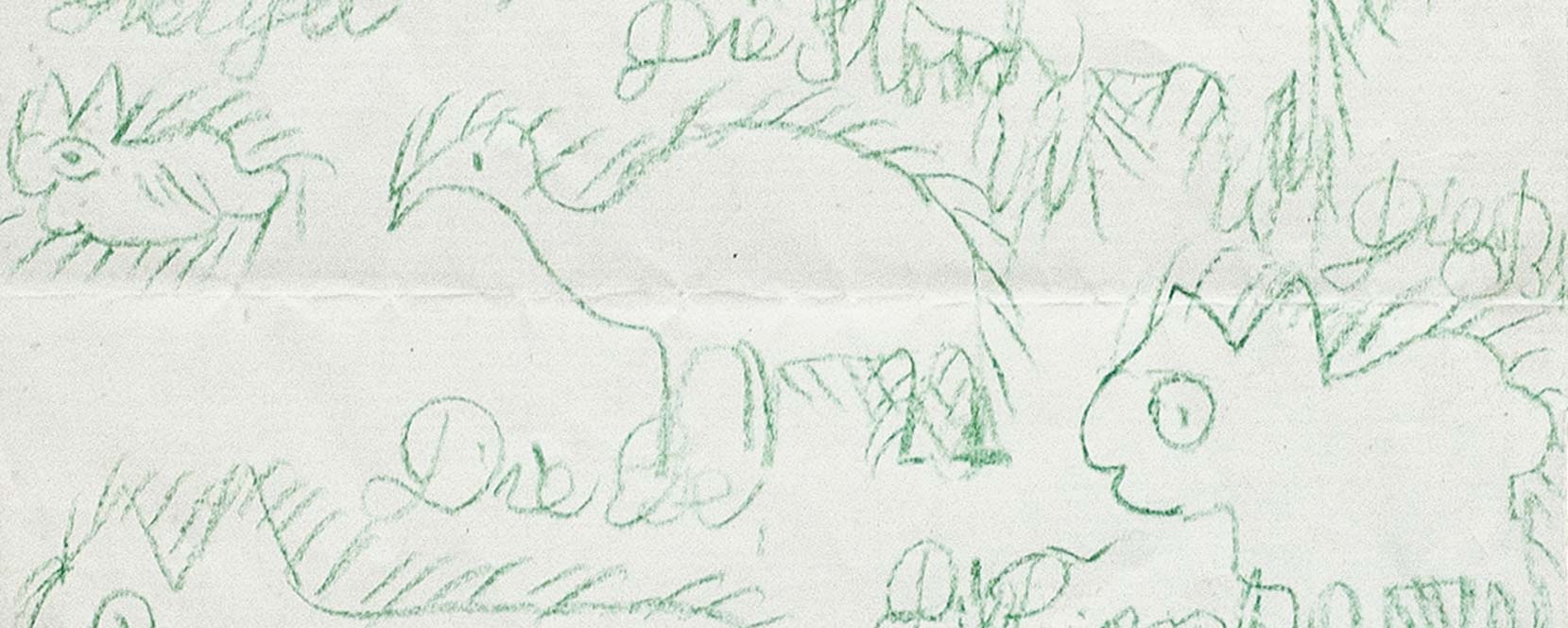In the 18th century, the mentally ill in Switzerland were either cared for at home or sent to an infirmary, poorhouse, lunatic asylum or prison, depending on the family’s financial circumstances. After 1850, a new concept of so-called “moral treatment” (traitement moral) began to gain ground. Originating in Britain and France, it called for the mentally ill to live apart from society in institutions in rural settings.
Here, they were to take part in agricultural and domestic work. Apart from strict separation from their families, which was in fact considered beneficial, “work therapy” was the most important method of treatment. Few inmates were ever released back into the community. By 1900 almost every Swiss canton had an institution for psychiatric treatment and care; some had as many as three. In all, there were 25 such institutions in Switzerland. When these eventually became overcrowded, a wave of public concern and criticism developed. Directors of institutions were obliged to provide better information, permit visitors, and release inmates more often. Occupational opportunities were expanded, and training was provided for care staff. The advent of psychoanalysis brought increased public interest in mental illness. Artistic creation was tolerated as “employment”, although it was seldom really promoted. Nevertheless, those inmates who chose artistic activity pursued it with great dedication, displaying both technical skill and artistry. They saw their work as a contribution to public life and as a reflection of their experience of being excluded from society and regarded as “abnormal”. After 1920, with the increased use of dangerous and invasive drug therapies, so-called “cures”, inmates were reduced to being bed-bound patients.
Under “Collections”, lists of the holdings of all the collections, including thumbnail images, can be downloaded in pdf format. The artworks in the estate of the psychiatrist Hermann Rorschach comprise a nineteenth collection.
